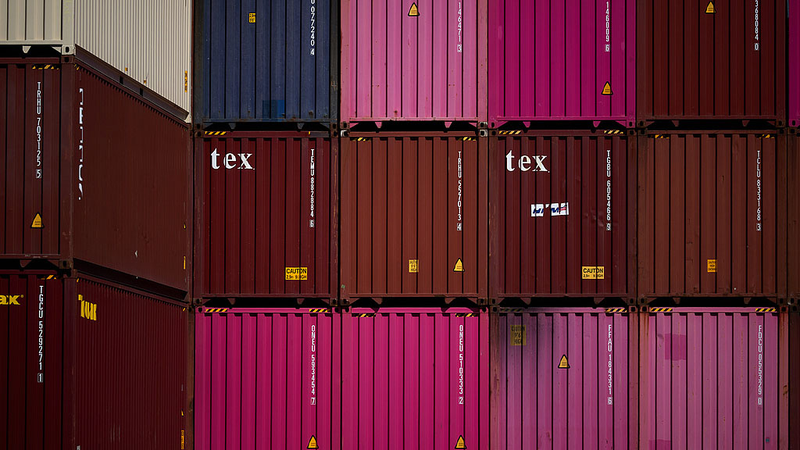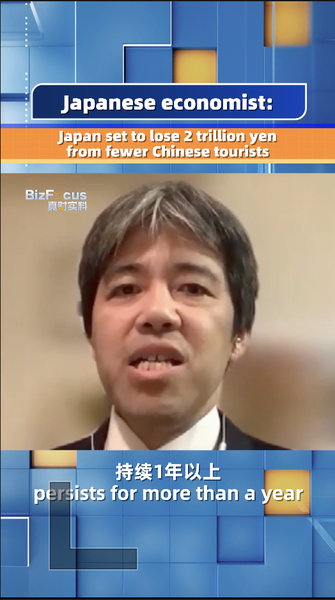As July 9 rolled around, the world braced for a new wave of US global tariffs. Yet when the deadline came, nothing changed. Instead, the White House pushed the start date to August 1, claiming it was the final extension. Beyond the calendar shift, a more critical casualty emerged: trust in policy consistency.
Why consistent signals matter
At the heart of every investment and trade decision lies an expectation of stability. Economists describe this challenge as "time inconsistency." Simply put, if governments keep revising their plans, markets learn to discount each announcement. Investors, producers and trade partners go from quick decision-makers to cautious spectators, hedging against possible reversals rather than moving forward.
From theory to real-world impact
While time inconsistency is often discussed in the context of monetary policy or inflation targets, it has direct consequences for trade strategies. Businesses plan their capital investments over years—sometimes decades. When tariff rollouts are repeatedly delayed or tweaked, this disrupts long-term roadmaps, leading international firms to adopt a "wait-and-see" stance. The result? Projects stall, supply chains recalibrate and the economic momentum that trade actions aim to spark begins to sputter.
These dynamics highlight a crucial insight: markets respond to patterns, not one-off actions. Frequent policy tweaks send a message that commitments are provisional. Deadlines slide, language shifts and strategic value erodes, even before measures take effect.
Lessons for global stakeholders
For young entrepreneurs, tech startups and global investors tuning into trade discussions, the key takeaway is clear: predictable policy is as powerful as bold policy. No matter how aggressive a trade plan might be, its real impact depends on reliable execution. In an era where digital platforms amplify every change, consistency builds credibility—and credibility drives commitment.
As the US gears up for the next tariff deadline on August 1, businesses will be watching closely. Will the date stick? And more importantly, will this administration—or any future one—find ways to signal stability without sacrificing agility? The answers will shape global trade dynamics well beyond a single headline.
Reference(s):
cgtn.com




